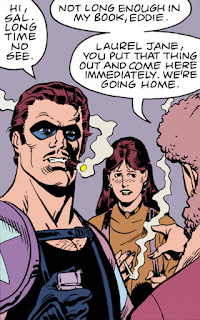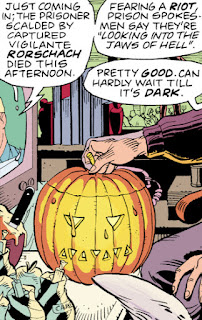I have been cursed by a witch to repeatedly travel back through time to relive every NBA draft. Fortunately, her spell sends me directly to the Utah Jazz war room on draft night and all the executives magically know I’m from the future and will do whatever I say. Unfortunately, the curse prevents me from seeing how my advice altered the future, as I am sent back to the previous year as soon as draft night ends.
June 25, 2009 – Madison Square Garden, New York City
Previous season:
The Jazz underperformed in 2008-09, limping along to a 48-34 record and getting knocked out of the first round by the Lakers in five games. Injuries limited Carlos Boozer to just 37 games, and when he did play, it was at a level far below his usual All-Star self. And he wasn’t the only one playing below his potential. Two of Utah’s highest-paid players — Andrei Kirilenko and Matt Harpring — were little more than shells of their former selves. I only bring up the money because that was a major concern for the Jazz this year. They were over the salary cap and had no intentions of paying the luxury tax. This severely limited everything the team tried to do this year. Which, I suppose we could say, made this draft all the more important.
The draft:
This was the year of the point guard, with 11 point guards being taken in the first round (Minnesota bizarrely drafted three of them). Utah also joined in on the fun, taking VCU’s Eric Maynor with the 20th pick.
The Jazz then used the 50th pick on Michigan State’s Goran Suton, a center from Bosnia and Herzegovina.
Analysis:
Deron Williams played in 68 games in 2008-09, and the Jazz quickly learned that Ronnie Price was not an adequate fill-in. So it makes sense that Utah would take a point guard here. Unfortunately, Eric Maynor never got much of a chance to develop with the Jazz. After just 26 games, Utah traded Maynor and Harpring to Oklahoma City for the draft rights to Peter Fehse, a German center who never made it to the NBA. Harpring had suffered a career-ending injury and the cash-strapped Jazz didn’t want to pay his substantial salary. The Thunder had the cap space to absorb Harpring’s contract, but they demanded a valuable young asset as compensation.
At the time, it really felt like the Jazz robbed themselves of Maynor’s potential, but in hindsight, I don’t think they missed out on too much. Maynor never developed into a great player, partly due to an ACL tear he sustained in Oklahoma City. He bounced around the league before ultimately dropping out in 2014.
So now the question is should I even bother trying to find a better replacement for Maynor. Would Utah have traded whomever was drafted at this spot to dump off Harpring’s contract? Well, for the sake of argument, let’s pretend that’s not the case, and that I can find someone that will impress Jerry Sloan so much in the first 26 games that he’ll demand the Jazz dump off Ronnie Price instead.
And the best guy I can think of to fill that role is Patrick Beverley. He was named to the All-Defensive First Team once and the Second Team twice. He was also the inaugural winner of the Hustle Award, for whatever that’s worth. But what I’m getting at is I think his defense would have endeared him in Sloan’s eyes, and he probably could have even played alongside Deron Williams in smaller lineups.
Now for Goran Suton. He was cut during preseason and never made it on with another NBA team. So we can definitely do better. But I have another dilemma here. Two important Jazz players were undrafted rookies from this class: Wesley Matthews and Joe Ingles. Matthews did join the Jazz in 2009 and was elevated to the starting lineup after Kevin O’Connor dumped Ronnie Brewer off in another cash-saving move. But then O’Connor refused to match the offer Portland made him, and he went off to have a very productive career away from the Jazz. I don’t see how any of that would have changed if the Jazz did draft Matthews instead of Suton.
Ingles eventually became one of the most important — and beloved — players on the Jazz. But he didn’t join the NBA until 2014. Were those years playing overseas crucial to his development? If I brought him in as a second-round pick in 2009, would he have been absolutely terrible and suffered the same fate as Suton? Or would Sloan have seen what Quin Snyder saw in Ingles, and the Jazz could have enjoyed a younger, more energetic Ingles five years earlier? There’s no way to know. But I think it’s worth taking a chance on him.
My advice:
1. Use the 20th pick on Patrick Beverley.
2. Use the 50th pick on Joe Ingles.
This was a really tough draft for me. Because even as I make this advice, I know in the back of my mind that O’Connor will likely send Beverley to the Thunder and Sloan would cut Ingles in the preseason and then Portland would still snag Matthews the next year. But maybe, just maybe, that dire scenario won’t happen and I would have actually been able to help the Jazz.



































































